Step into the vibrant world of the Indian community, celebrating its global life and the diverse tapestry it weaves across continents. With an enormous Indian diaspora spread far and wide, this community is a shining example of unity in diversity. From the bustling streets of Mumbai to the bustling cities of New York and London, the Indian spirit thrives, transcending borders and embracing cultures.
Be a part of this celebration of life as we immerse ourselves in the beauty of diversity and unity of the Indian community worldwide in this blog. The Indian diaspora's impact is felt across various domains, creating a shared sense of pride and identity.
Table of Contents
Introducing the Indian Community
Indian people are individuals who hold citizenship or nationality in the Republic of India. As of April 2023, the United Nations stated that India had overtaken China and has now become the most populous country in the world. India currently houses approximately 17.50 per cent of the global population within its borders.
Apart from the significant population within the country, there is also a substantial Indian diaspora living overseas, with notable concentrations in the Arab states of the Persian Gulf and various Western countries.
It has a rich and diverse cultural heritage that spans centuries. With a global diaspora of over 30 million people in foreign countries, Indians have significantly contributed to various fields, including technology, business, arts, and literature.
This vibrant community's influence can be felt worldwide, with its customs, traditions, and festivals celebrated with great zeal and enthusiasm in every corner of the globe.
The Indian Diaspora
From the bustling streets of New York City to the serene suburbs of Melbourne, Indians have established thriving communities worldwide. The Indian diaspora has significantly grown over the decades, with a notable presence in the United States, Canada, the United Kingdom, Australia, the Middle East, and parts of Europe and Asia.
One of the primary reasons for the widespread overseas Indian diaspora is the historical movement of people for trade, education, and employment opportunities. Over the centuries, Indian merchants travelled to distant lands and established trade networks.
Indian Community in the United Kingdom
The vibrant British Indian community had flourished, swelling in numbers to surpass the one million mark. The count of Indian-born residents in the United Kingdom experienced a robust expansion, growing by 38%. The initial figure of 467,634 had burgeoned significantly, reaching approximately 647,000 individuals, marking an impressive surge of around 180,000 individuals.
This transformation showcases the enduring spirit and growth of the British Indian community, deeply ingrained within the rich tapestry of the United Kingdom's multicultural landscape.
Indian Community in South Africa
In the vibrant land of South Africa, a flourishing community of over a million people traces its roots back to South Asian descent. Their ancestors embarked on a journey from colonial India, predominantly as indentured labourers, while others arrived in the late 19th and early 20th centuries as "Passenger Indians". The heart of this community is centred around the beautiful city of Durban.
During the dark era of Apartheid, these individuals were unjustly classified as members of the "Indian" race under the country's now-defunct system. Despite facing challenges and discrimination, their resilience and cultural richness have continued to shape the diverse fabric of South Africa, contributing to its vibrant tapestry of multiculturalism.
ALSO READ: The Indian Community of South Africa are South Africans – no more, no less.
Indian Community in Australia
Australia has witnessed remarkable and rapid growth in its Indian community. According to the 2011 census, approximately 295,362 individuals in Australia were born in India, and an additional 390,894 respondents proudly identified their Indian ancestry. That same year, Indians became the largest source of permanent migration to Australia, constituting 15.7% of the total migration program.
Looking back at history, from the 19th century to the dawn of the 20th century, Australian records indicate a modest presence of around 6,500 to 7,000 Indians in the country. This number remained relatively consistent until after the conclusion of World War II. However, after India's independence in 1947, a significant wave of Anglo-Indians chose to migrate to Australia.
The next wave of Indian immigration commenced after 1966, with the arrival of teachers, doctors, and other skilled professionals seeking opportunities in Australia. Furthermore, from the 1980s, a substantial influx of Indian software professionals further enriched the nation. Notably, Australia also welcomed individuals of Indian origin from various other countries.
Indian Community in Kuwait
According to data as of February 13, 2019, the Indian community in Kuwait has marked a notable achievement. The count of Indian nationals living legally in the country has crossed the one million (10 lakhs) mark. Nevertheless, it is crucial to acknowledge that an approximate count of 10,000 Indian citizens have exceeded their visa durations and are presently inhabiting the nation without legal authorization.
The Indian community in Kuwait is thriving, growing at an impressive rate of 5-6% annually, making it the nation's largest and most favoured expatriate community.
One noteworthy aspect is the gender ratio among Indians in Kuwait, which shows a significant imbalance. There are approximately 7.5 lakh Indian males compared to only 2.5 lakh Indian females in the country.
Most Indians, around 5.23 lakh individuals, are actively engaged in the private sector, contributing their skills and expertise in various fields such as construction, technology, engineering, medicine, finance, and IT.
Indian Community in Russia
The Indian community in the Russian Federation is estimated to be around 14,000 individuals. It is fascinating to know that there are approximately 1,500 individuals of Afghan origin with Indian roots currently living in Russia.
Among the Indian expatriates in Russia, approximately 500 are people in business, with over 200 of them based in Moscow. Their entrepreneurial ventures span diverse products, showcasing a remarkable breadth of interests. They have established a wide-ranging business empire from tea and coffee to tobacco, pharmaceuticals, rice, spices, leather footwear, granite, IT, and garments.
Approximately 300 Indian enterprises have been duly registered within the Russian territory, according to current estimations. Most of these companies are actively involved in trading and business operations in the country.
Education is another significant aspect of the Indian presence in Russia, with nearly 4,500 Indian students currently enrolled in medical and technical institutions across the Russian Federation.
Regarding community organizations, the Hindustani Samaj holds a special place as the oldest Indian organization in Russia. Since its inception in 1957, this institution has been a driving force behind social and cultural life transformation in Moscow.
Cultural Celebration and Cultural Exchange
Though miles away from their homeland, the community is unwavering in its commitment to preserving its cultural heritage. Festivals such as Diwali, Holi, Eid, and Christmas are celebrated enthusiastically, fostering a sense of unity and camaraderie among the diaspora.
Temples, mosques, and gurdwaras serve as sacred spaces, providing comfort and solace to Indians yearning for a connection to their roots. One of the most remarkable aspects of this community's global presence is celebrating their culture and traditions.
In Trinidad and Tobago, for instance, Diwali is celebrated with great fanfare, vibrant parades, and stunning light displays.
In South Africa, the community showcases its rich heritage during the annual Cape Town Diwali Festival, a testament to its enduring commitment to preserving its traditions.
The vibrancy of overseas Indian culture is showcased through dance, music, and traditional art forms like Bharatanatyam, Kathak, Bollywood dance, and Rangoli. These artistic expressions not only entertain but also serve as a bridge between the Indian community and the diverse societies they inhabit.
Indian Community Welfare Fund
The Ministry of External Affairs (MEA) has initiated a thoughtful scheme aimed at the welfare of Overseas Indians, offering crucial assistance during times of distress. This scheme is known as the Indian Community Welfare Fund (ICWF).
Recognizing its significant impact, the ICWF has been extended to all Indian Missions and Posts abroad. This expansion ensures that a broader range of Overseas Indians can benefit from the Fund's welfare measures, reinforcing the government's commitment to the well-being of its citizens living abroad.
One of the primary ways to promote Indianness is by organizing cultural programs at major Indian festivals and national days. Recognized Indian diaspora organizations play a crucial role in orchestrating these events, which serve as a platform to showcase the diversity and beauty of Indian art, music, dance, and traditions.
To preserve and propagate Indian languages and art forms, teachers and faculty who impart knowledge in these domains are given due recognition and support by this welfare.
Through the Indian Community Welfare Fund, the Indian government showcases its dedication to the welfare and well-being of its citizens beyond its borders. The Fund embodies the spirit of solidarity and compassion, reaffirming the strong bond between the Indian diaspora and their motherland.
Cuisine: A Culinary Journey Across Continents
Food has an unparalleled ability to connect people, and this community has harnessed this power to create an exquisite culinary footprint across the globe. Indian restaurants, offering diverse flavours and spices, have become a fixture in cities worldwide.
From the delectable curries of London to the fragrant biryanis of Dubai, Indian cuisine has found a place in the hearts and stomachs of food enthusiasts everywhere.
The community's commitment to preserving traditional recipes while embracing local ingredients and palates has resulted in a fusion of flavours that speaks to the essence of globalization. Food festivals, cooking classes, and pop-up restaurants further contribute to celebrating Indian culinary delights.
Social Impact and Philanthropy
The Indian community's global life has also seen remarkable philanthropic endeavours. Non-governmental organizations (NGOs) and charitable foundations established by Indians have positively impacted the lives of the less fortunate, both in their home country and their adopted nations.
These initiatives cover a broad spectrum of causes, including education, healthcare, poverty alleviation, environmental conservation, and disaster relief. Through their charitable contributions and volunteer work, the Indian community actively engages in making the world a better place for all.
YOU MIGHT BE INTERESTED IN: Challenges to Indian Identity in a Globalized World
Conclusion
The Indian community's global life is a testament to the power of unity, resilience, and cultural diversity. As Indians celebrate their heritage and assimilate into new societies, they create a vibrant tapestry in their host countries that enriches the global landscape and enriches the global mosaic. In commemorating the global life of the Indian community, we are reminded of the beauty and diversity that enrich our shared human experience.
FAQs
Which is the largest Indian community in Europe?
In the European countries, the United Kingdom has the highest population of NRIs at 1.4 million residents.
What is meant by the Indian Community?
Indian community means the community in which the parent or extended family members of an Indian person resides or with which the parent or extended family members maintain social and cultural ties.
What is the definition of a community?
A community may be defined as a group of people with a common characteristic or interest living together within a larger society.




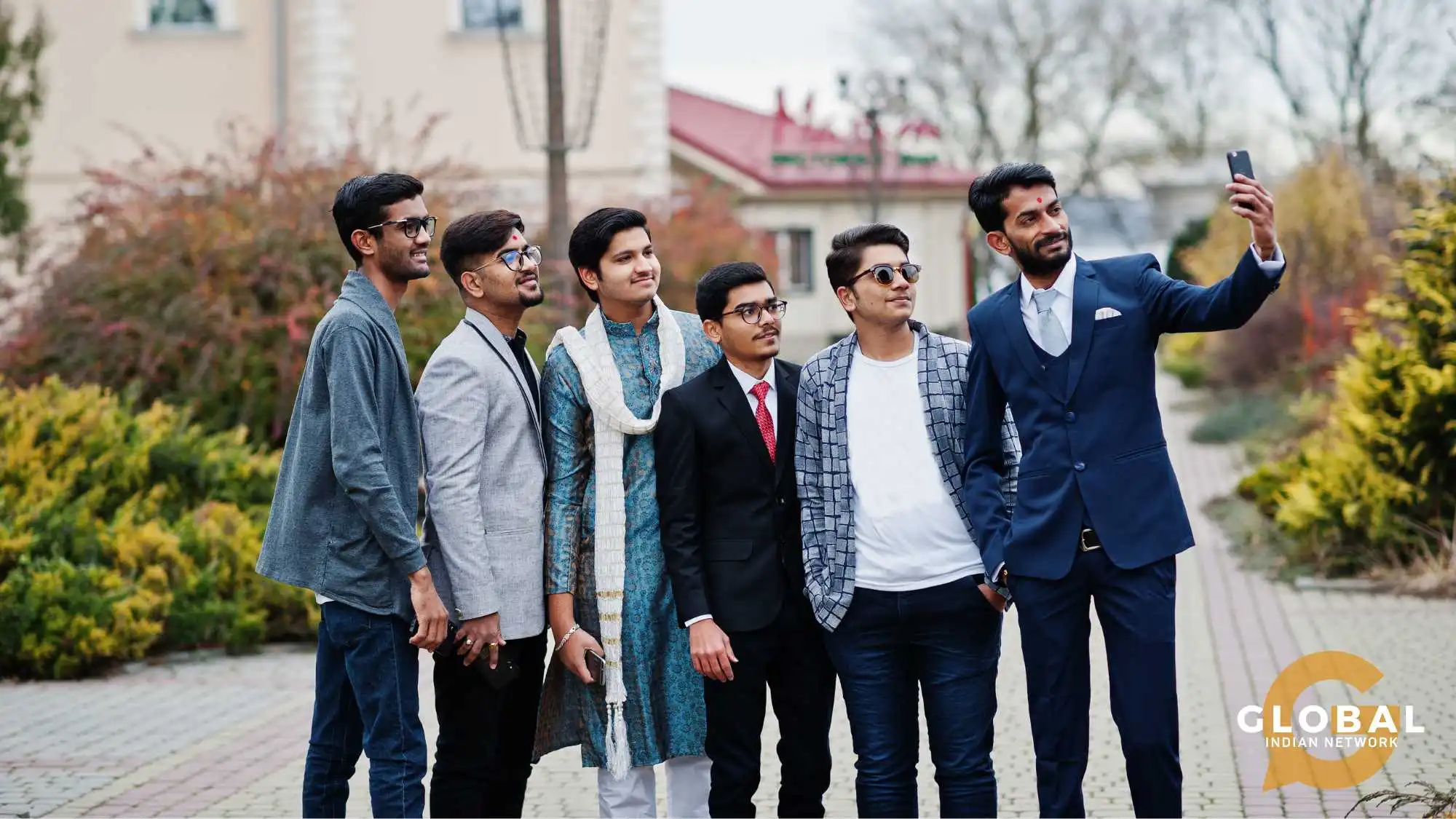
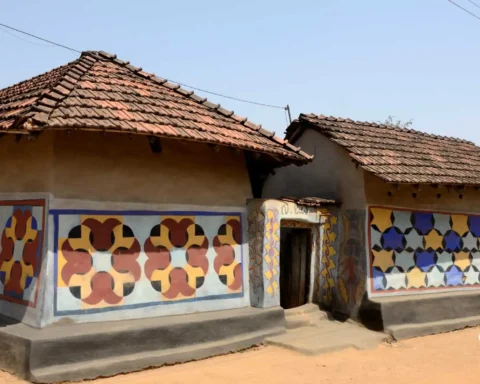
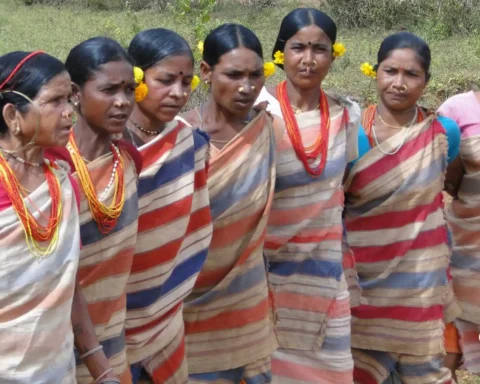
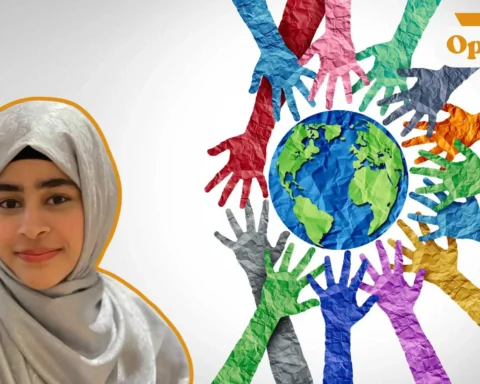

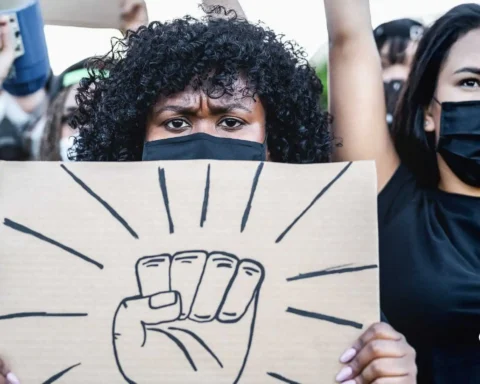

[…] in Trinidad and Tobago, provide a platform for artists to showcase their talent in the flourishing Indian community and keep the genre alive. Moreover, initiatives to preserve chutney music's cultural heritage, such […]